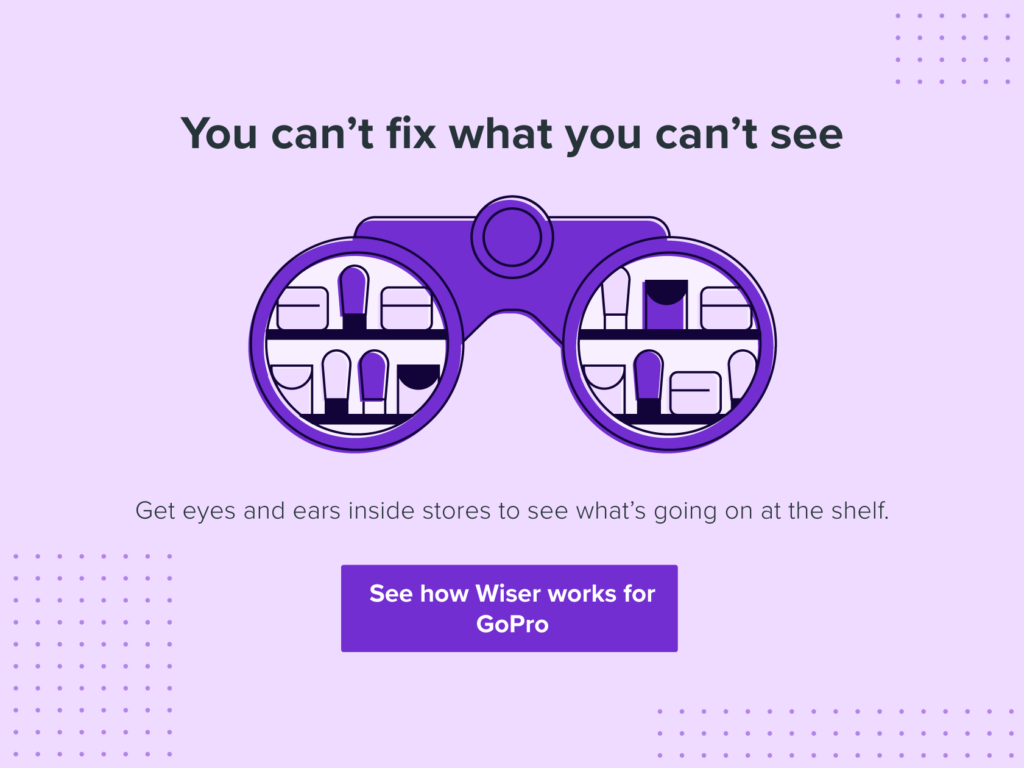There’s always a holiday right around the corner—Christmas, Easter, July 4th, and so on—which means you’ve got a marketing campaign in the works for your in-store channel.
What we want to talk about today is point-of-purchase marketing, or POP displays. This is a foundational tactic to drive up holiday sales at your resellers’ physical locations. However, the world of POP displays has become a bit stale. You often see very similar concepts on the floor, and that can also make shoppers numb to their messaging.
Before you finalize your next POP campaign for the upcoming holiday, consider these tips to maximize sales and keep shoppers coming back for more.
Start with Retailer Relationships
While your team is the one planning the POP campaign back at the office, it’s often a third-party setting it up and the retailer maintaining it once active. That’s why it’s a must that you start your holiday planning by building stronger retailer relationships.
One way you can position your retailers as partners is through high-quality data. It’s about smarter selling. You want shopper data that says “customers are going to buy my products, not the competitors’.” Make the conversation about quantifiable information, not a gut feeling. This will help you secure better POP placement on the floor and can convince the retailer to care more about keeping your display set up properly and well-stocked.
In general, you want the POP campaign to be a benefit for the retailer, too. You want to focus on how it’ll sell well, make their store look attractive, and get shoppers excited and motivated to buy. Bring the sales and shelf intelligence with you when you have these conversations.
An effective POP strategy starts with data, as you negotiate with retailers, and ends with data, as you measure the effectiveness and plan your next campaign.
Get Creative and Try Something New
The holidays are an excellent time to get creative with your POP display. Design something that’s a bit different than your usual fare (but still on-brand, of course).
What are we talking about here? Holidays bring a lot of imagery with them, such as Christmas lights and trees, July 4th fireworks, Easter bunnies, and the like. You can incorporate those visuals into your display. The copy should also tie into the holiday in question. Play up the value of your product with the themes of the holiday, such as family, food, or celebrations.
What you don’t want to do is roll out a standard display that you’ve used before. Competitors will be using the holidays to get bold and creative, and you should too if you want to stand out. As long as you keep it on brand and consistent with your company values, you’ll be good to experiment a little bit.
Combine a Holiday POP with a Product Launch
Another way you can that next POP campaign to really sell is by combining it with a product launch. If you’ve got a new product coming soon, you might want to design an entire POP campaign around it and then roll it out during a holiday.
Of course, this is really helpful for brands that have a clear connection between the holiday and the product. If this is you, then make sure a POP display is part of your broader product launch strategy. Use the “new” factor and the social buzz to get people into stores and shopping from your display. You can pair the POP display with social media posts, email marketing, word of mouth, paid ads, and other tactics to provide a lift in every area.
Pick a Message for Your POP Display
While the general goal of a display is to sell, it’s not the only goal. What we’re talking about here is the overall message of the display—it could be to promote a new product, market existing items, or educate shoppers on how to use your products.
The message should be consistent throughout the display. Using education as an example, you might have five different product versions on a stand. Your messaging above each should clearly explain what they all do, how they’re different, and why shoppers should buy one over the other. Campaigns that struggle tend to try to do too much across too many different messages. It’s too concise of a format to be long-winded, so instead pick a message and commit to it.
Measure Results and Adjust Your Approach
Don’t overlook the importance of measuring the results and changing up your approach to POP displays, either. There’s a ton of good insights to be had and learnings you can take into the next holiday campaign.
The challenge here is one of scale. It can be hard to get accurate, actionable insights into each POP display across hundreds of retailers and multiple regions. One option is using crowdsourcing, like Wiser’s network of smartphone-enabled shoppers. We frequently send the crowd into stores to capture pictures and answer questions related to POP retail campaigns.
You could also turn to our retail execution app to prioritize your field team efforts if there are displays that need fixing. It’s one thing to see all the data, it’s another to be able to prioritize that data into the stores that matter—the ones that will drive the most sales for your brand. Prioritization is especially important around the holidays, as everyone’s schedules get tighter and the sales demands increase.
Once you have that data, use it to inform your future campaigns. What’s worked? What didn’t? Which stores were most successful? What held you back—was it execution, messaging, product-market fit, or something else?
An effective POP strategy starts with data, as you negotiate with retailers, and ends with data, as you measure the effectiveness and plan your next campaign.















